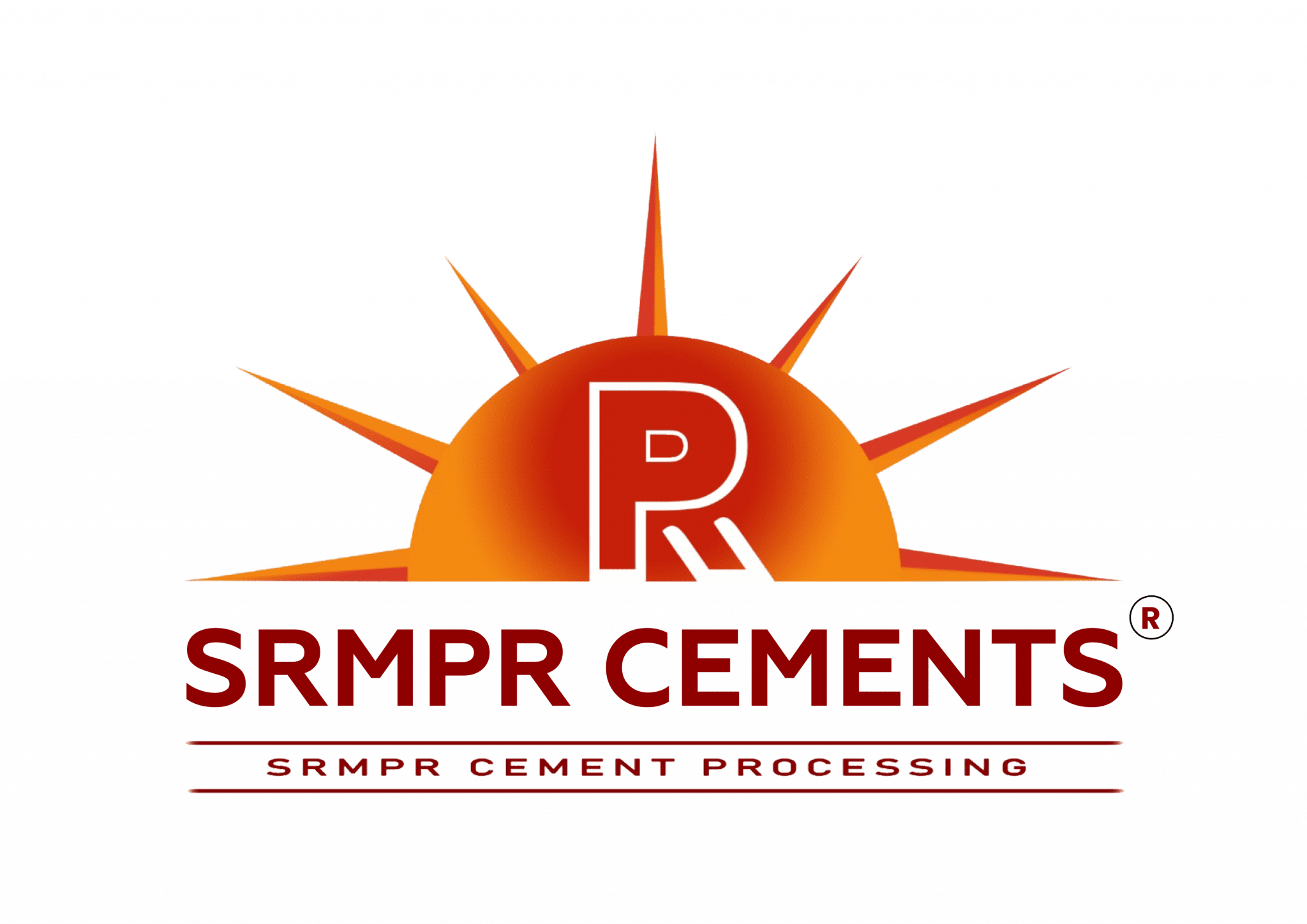Cement companies are working hard to make new types of cement that are good for the environment and still work well for building. They’re using different ways to do this:
Low-Carbon Cements:
- These cements aim to make less pollution (carbon dioxide) when they’re made.
- One cool technology is called Calcined Clay Cement (LC3), which mixes special clay and limestone to reduce pollution by up to 40%.
Alkali-Activated Cements:
- These cements use special materials like fly ash or slag to make cement with less pollution than regular cement.
Blended Cements:
- Companies mix traditional cement with other materials like fly ash or slag.
- This makes the concrete better to work with, lasts longer, and is better for the environment.
Geopolymers:
- These are special materials that use leftover stuff from industries like fly ash.
- They make strong cement with less pollution.
Recycled Aggregates:
- Companies are using crushed concrete instead of new materials.
- This helps save natural resources and reduces waste.
Alternative Raw Materials:
- Companies are looking at using different materials instead of the usual ones like limestone.
- These alternatives are often easy to find and better for the environment.
Carbon Capture and Utilization (CCU):
- Some companies are trying to capture the pollution (CO2) from making cement and use it in the cement itself.
- This helps reduce the pollution in the final product.
Nanotechnology:
- Tiny materials like nano-silica and nano-alumina are used to make cement stronger and last longer.
- This means less need for repairs and replacements.
Biogenic Cements:
- Researchers are trying to make cement-like materials using bacteria and calcium.
- These could be more friendly to the environment.
Digital Modeling and Simulation:
- Companies use computer tools to design and test new cement without making a lot of physical samples.
- This makes the development process faster and uses fewer resources.
Certifications and Labeling:
- Companies are getting certificates to show that their cement is good for the environment.
- This helps customers know the cement is eco-friendly.
Life Cycle Assessment (LCA):
- Companies check how their cement affects the environment throughout its whole life.
- This helps them make better, more eco-friendly products.
In short, cement companies are working hard to make eco-friendly cement that reduces pollution, saves natural resources, and makes the construction industry more sustainable. These changes are important to meet the demand for environmentally friendly building materials while still keeping up with the high standards for modern construction projects.



